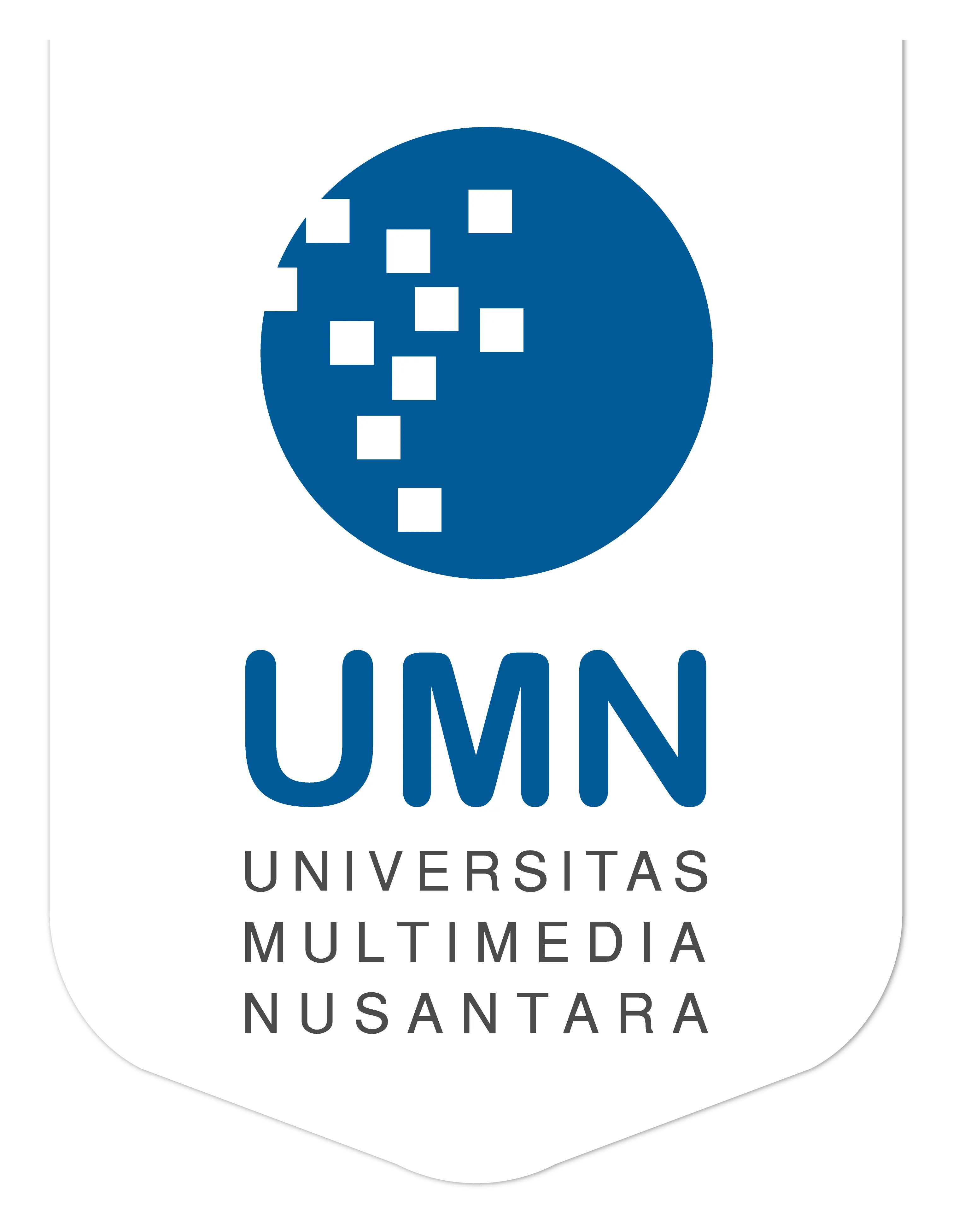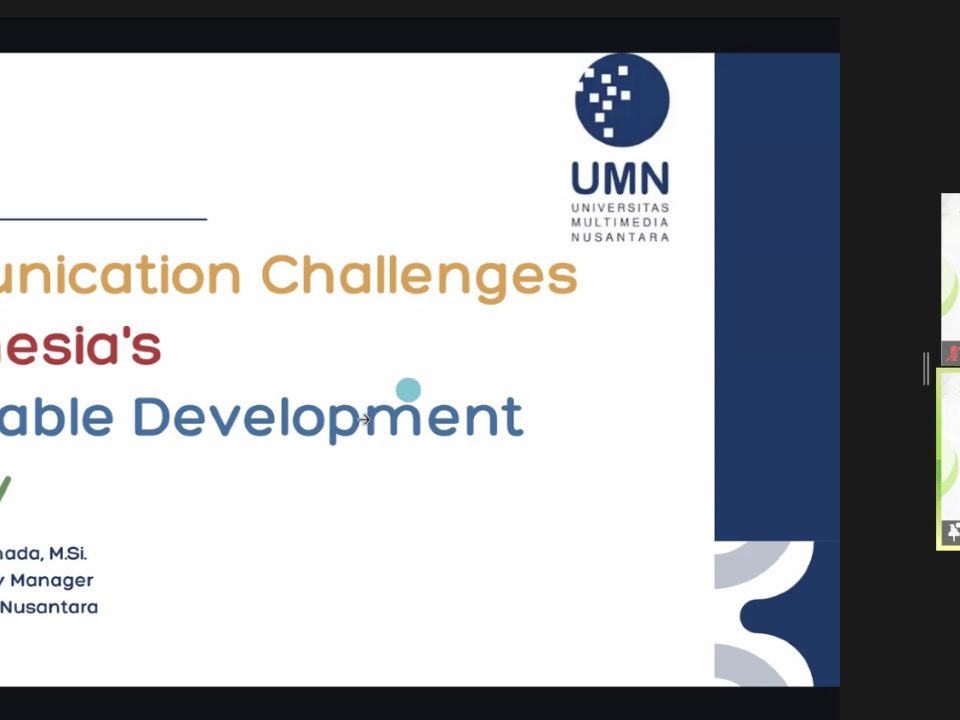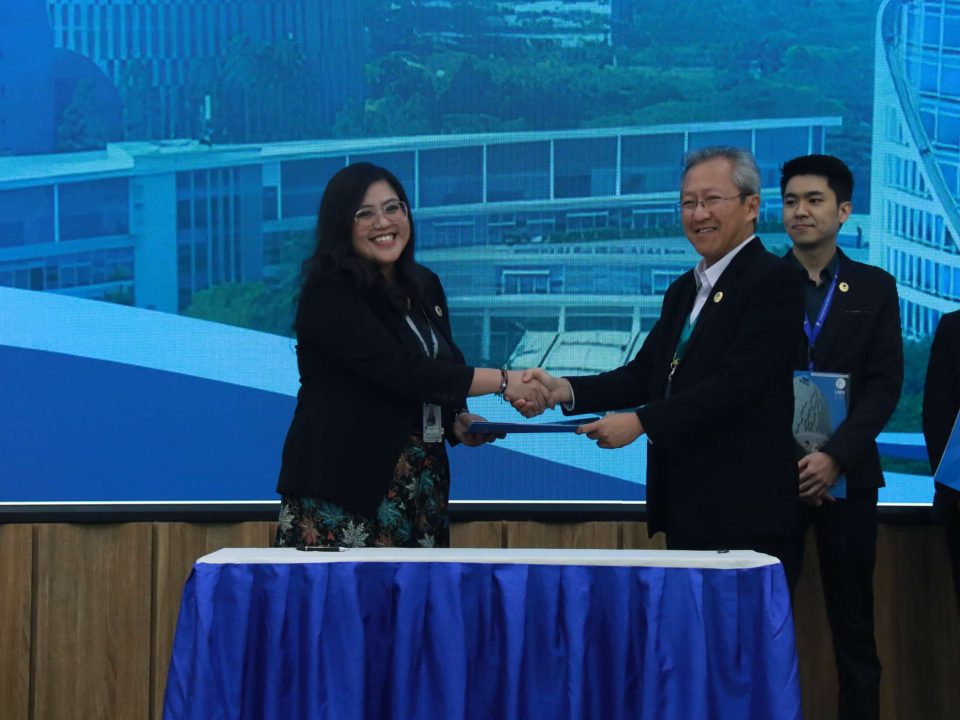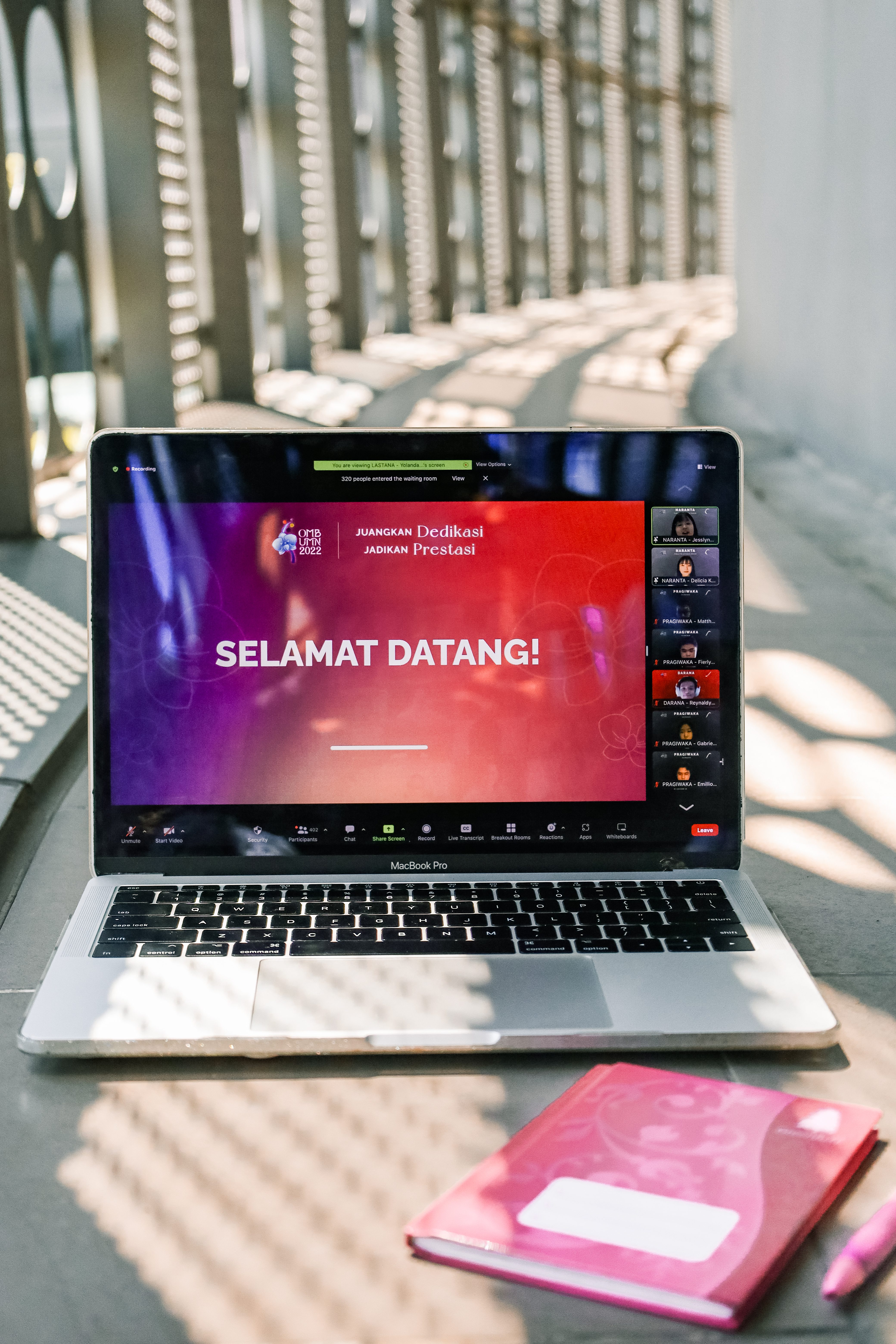
After Two Years Online, OMB UMN 2022 is Ready to Make History Offline
August 12, 2022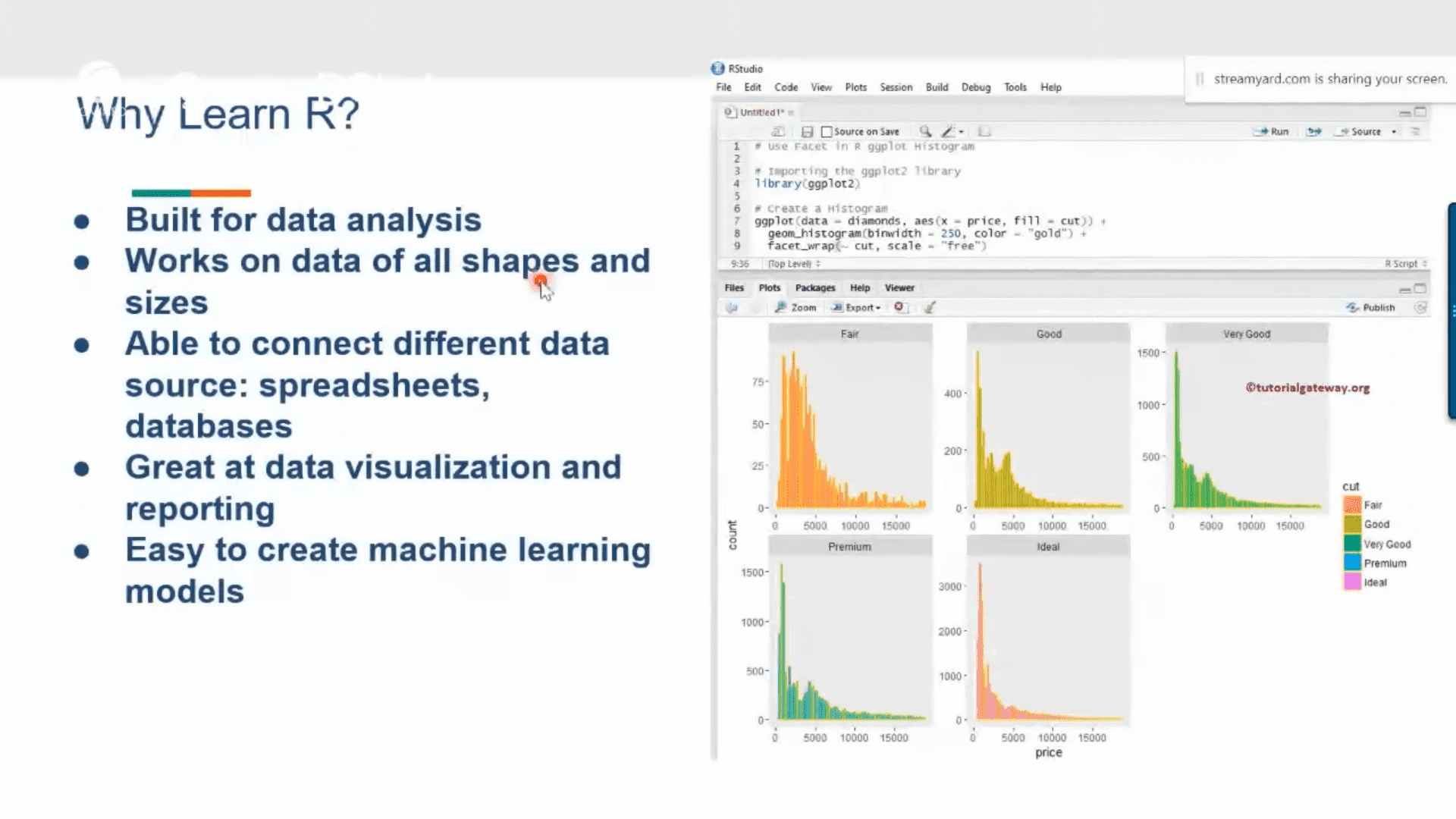
R Becomes an Important Foundation for a Career in Data, and NON-IT Graduates Can Also Try
August 16, 2022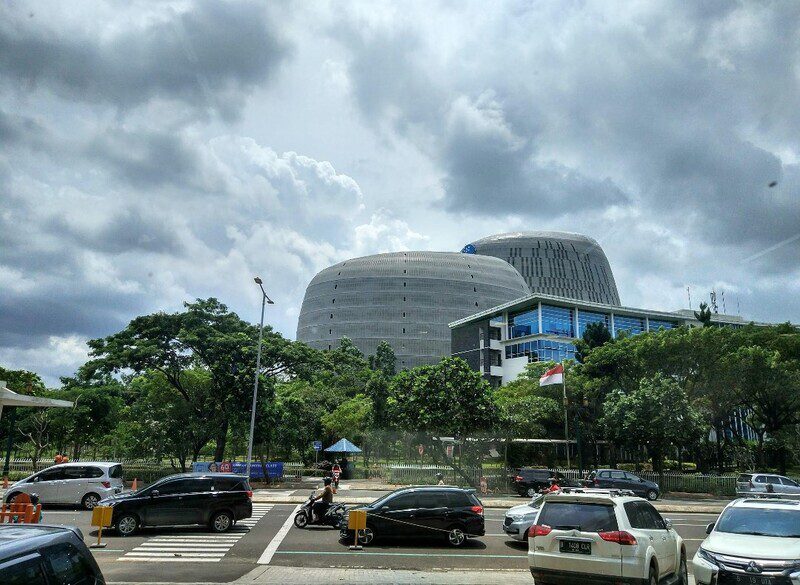
Front view of Multimedia Nusantara University’s Building B, C, and D.
(source: Author, 2019)
For those of you who are currently studying at high school, vocational high school, or equivalent and are considering continuing your studies to a higher level, you must first know about several things related to ‘higher education or ‘university.’ You also have to know about some of the knowledge groups that exist in universities in general so that you can adapt them to your interests and talents. In the following article, we will discuss several things, from the definition of college, understanding the differences between university and academy, the difference between academy vs university campuses, to examples of the two. Let’s read the full explanation below.
What is Higher Education
Starting with the understanding, Higher Education, as stated in Government Regulation Republic of Indonesia Number 30 of 1990 concerning Higher Education, explains that higher education is education at a higher level than a secondary education in the school education path. Higher Education is the final destination for people to study as high as possible through school education. In higher education, those who become students are referred to as ‘university students,’ while the educators are called ‘lecturers/professors.’
Also read: Tips for Choosing the Best Private University.
Universities are then further divided into several categories based on their academic system. In Indonesia, this has been regulated based on Law no. 22 of 1961 concerning Higher Education which divides the category into universities, high schools, institutes, academies, polytechnics, and community academies.
What is studied in Higher Education?
Before knowing more about Higher Education, you must know precisely what students will learn in Higher Education. In general, the sciences that develop in various parts of the world will be grouped based on the similarities and differences in the characteristics of each of these subjects, which will be referred to as ‘knowledge groups’ or, in Bahasa Indonesia, ‘rumpun ilmu.’ In Indonesia, the knowledge groups found in universities are religion, humanities, social science, natural science family, formal science, and applied sciences.
What is the purpose of Higher Education?
Higher education or tertiary institutions are also based on the objectives regulated in RI Law Number 12 of 2012. In the law, it is explained that universities aim to organize higher education which includes diploma programs, undergraduate programs, master programs, doctoral programs, and professional programs, as well as specialist programs, based on Indonesian culture.
About Universities
Universities is a higher education unit that provides an unlimited number of different knowledge groups. The form of universities makes it possible to provide the broadest range of knowledge compared to other types of universities. Based on the proportion or weight of learning, universities are further divided into academic education (focusing on the development of knowledge), professional education (focusing on particular expertise degrees), and vocational education (focusing on applied field expertise). Therefore, you will find higher education in the form of universities more often if you are looking for a place to study at a higher level because universities are like one-stop education centers (everything is in one place).
One example of a private university in the Jakarta region with several faculties with many departments (study programs) is Multimedia Nusantara University (UMN), whose campus is in Gading Serpong, Tangerang, Banten. UMN, as a university, has at least 17 majors or study programs categorized into four faculties. For academic education at the undergraduate level (S1), UMN has several study programs in the humanities group, like the Visual Communication Design (VCD) and Film & Animation study programs. In the applied sciences group, UMN has study programs: Strategic Communication, Digital Journalism, Architecture, Computer Engineering, Informatics, Information Systems, and others.
Also read: Myths and Facts of the Architecture Major.
For a master’s degree, UMN has two study programs, namely the Master of Communication Studies and Master of Technology Management. Lastly, UMN has the Hospitality study program (Diploma) for vocational education.
About Academies
In contrast to universities that provide many study programs for various sciences, academies only provide one study program or one branch of science based on their academic name. Academies only have vocational programs up to the Diploma level and does not provide any higher programs.
Academies are more oriented or focused on producing qualified professionals for one scientific field only. Academies in Indonesia are also generally organized by government institutions or agencies. Some examples of popular academies are the Military Academy, Police Academy, Meteorology and Geophysics Academy, Nursing Academy, and so on.
Also read: MMT UMN Wins Three Silver Medals at the International Sustainability Business Event.
Difference Between Academy and University
After reading the explanation about higher education, the purpose of higher education, and understanding the two types of higher education, which are academy and university, let’s see the differences between academy and university through the points below:
Academy
- It only provides one branch of knowledge in one knowledge group. Example: The Nursing Academy will learn about the world of nursing and focus on producing professionals, namely nurses.
- Usually organized by government agencies or agencies.
University
- Providing various kinds of study programs from various knowledge groups, sometimes even cross-disciplinary study programs are also available. Example: The Master of Technology Management Study Program at UMN combines the branch of management science with the branch of technology from applied sciences.
- Usually held by private sectors (private universities) or the government (state universities).
Also read: 18 UMN Students Ready to go to Some of The Best Universities Abroad in The IISMA 2022 Program.
Conclusion
There you go! From the full explanation you have read, hopefully, you will become more aware of the differences between universities and academies and understand what kind of higher education institution you want and which suit you.
Sources:
By Virino Miracle | UMN News Service
Kuliah di Jakarta untuk jurusan program studi Informatika| Sistem Informasi | Teknik Komputer | Teknik Elektro | Teknik Fisika | Akuntansi | Manajemen| Komunikasi Strategis | Jurnalistik | Desain Komunikasi Visual | Film dan Animasi | Arsitektur | D3 Perhotelan , di Universitas Multimedia Nusantara. www.umn.ac.id
